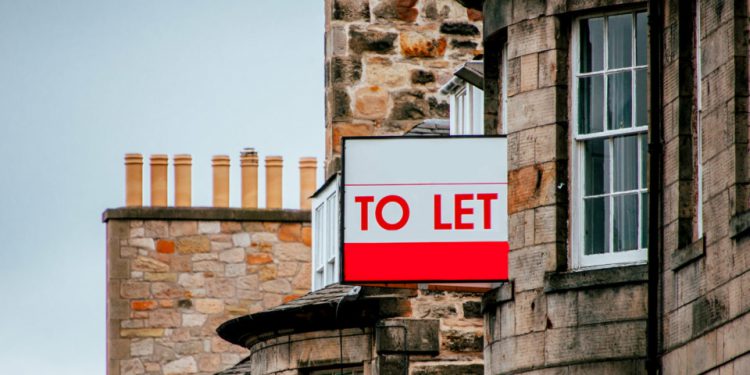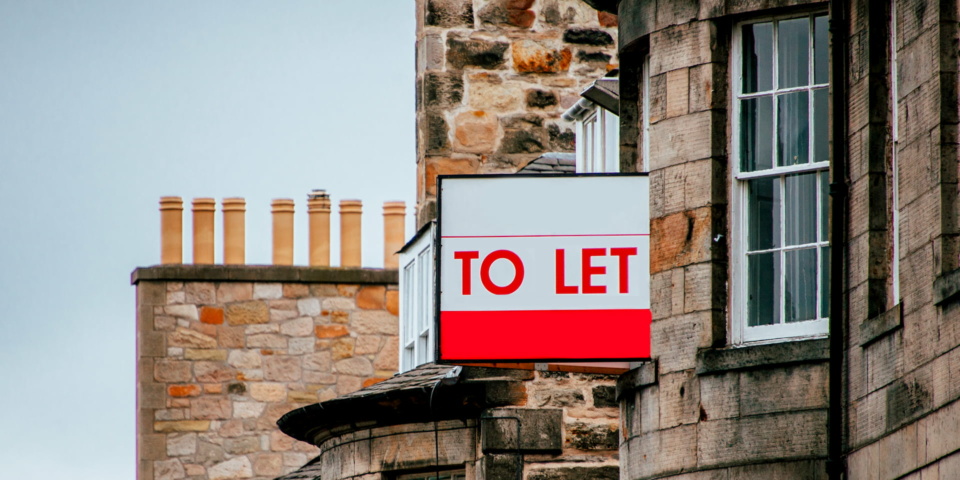Buy-to-let mortgages: what’s became of landlord deals since COVID-19?


From loan payment holidays and the shutdown from the market in March towards the temporary stamp duty cut in July, it’s been a head-spinning year for property investors.
Landlords looking to remortgage or invest happen to be faced with significantly fewer mortgage options, having a third of deals disappearing from the market.
Here, Which? explains what’s became of buy-to-let mortgages since the outbreak of COVID-19 and talk to experts about how exactly the future might search for landlords.
What’s happened to buy-to-let mortgages?
Landlords have seen the amount of mortgages available increase significantly because the property market reopened in May, but options remain scarce compared with before the pandemic.
The quantity of fixed-rate buy-to-let mortgages has dropped by 35% because the start of March, with 1,535 deals available these days.
Borrowers with the smallest deposits have suffered the biggest cuts, with the majority of 80% mortgages and all sorts of 85% deals being withdrawn.
Landlords borrowing at 60 to 70% loan-to-value (LTV) have largely been shielded from the worst of the cuts, as shown in the table below.
| Loan-to-value (LTV) | Number of deals (March 2021) | Number of deals (October 2021) | Change |
| 50% | 66 | 28 | -58% |
| 60% | 220 | 231 | +5% |
| 65% | 222 | 175 | -21% |
| 70% | 325 | 280 | -14% |
| 75% | 822 | 496 | -40% |
| 80% | 332 | 84 | -75% |
| 85% | 26 | 0 | -100% |
What has this intended for home loan rates?
Less choice isn’t always bad news for borrowers, and buy-to-let mortgage costs have only increased slightly because the lockdown.
Right now, the average rate on a two-year fixed-rate deal is 3.1%, in contrast to 2.9% at the beginning of March. On five-year deals, an upswing continues to be smaller still, from three.39% to 3.56%.
| Type of mortgage | Average rate (March 2021) | Average rate (October 2021) | Change |
| Two-year fix | 2.90% | 3.10% | +0.20% |
| Five-year fix | 3.39% | 3.56% | +0.17% |
When we glance in the cheapest rates available on the market, the struggles for landlords with smaller deposits become clearer.
The chart below shows the way the best initial rates on two-year fixes have changed since March.
As you can see, rates have risen slightly on 70% mortgages and quite significantly on 80% deals, but remain unchanged at other LTV levels. We can’t compare 85% deals because there are no deals currently available.
The buy-to-let recovery
The figures above show how mortgage options have fallen this season, but they don’t fully reflect the way the market has come back to life since the doldrums of the spring.
We spoke to two buy-to-let mortgage experts for more information concerning the current state from the market for landlords and ask what may be next for buy-to-let.
Eleanor Williams, finance expert at Moneyfacts, told Which?: ‘You will find indications that landlords may have reason for positivity. We’ve seen mortgage choice steadily increasing each month and landlords potentially have an opportunity to benefit from the stamp duty holiday’.
Richard Rowntree, managing director of mortgages at the buy-to-let lender Paragon, says: ‘The buy-to-let market is playing a starring role in the property market bouncing back. This is based on the growing availability of buy-to-let mortgages, with 370 more products now on offer compared with May.’
Are landlords buying more properties?
Buy-to-let headlines in many cases are about landlords leaving the market, but the current stamp duty cut offers an avenue for many investors to expand their portfolios. So too does changing attitudes to property since the start of the pandemic.
Eleanor Williams says: ‘Holiday let mortgages have been in demand lately, with changing guidelines on travelling abroad resulting in a rise in the popularity of staycations.
‘With continuing uncertainty and a scarcity of low-deposit mortgages, there might be increased demand for rental properties, which landlords in a position to capitalise may decide to consider.’
Richard Rowntree says: ‘Numerous factors are driving the marketplace. Pent-up demand following a lockdown has resulted in many people seeking homes with increased back yard, while others are looking for properties that might be cheaper or perhaps in more attractive areas his or her need to commute continues to be reduced.
‘The return of students to universities is also a key driver. Earlier fears that students could be deterred from campus life seem to be in the primary unfounded. Additionally, the A-level grading U-turn meant more students gained the qualifications essential to secure a location.
‘All this demand has been based on the stamp duty break. The typical saving of around lb4,500 is stimulating the marketplace, with lots of landlords updating their portfolios by investing in properties that need renovation.’
What might the near future hold for buy-to-let?
The marketplace is on the rise right now, but experts predict that 2021 might be a tricky year, with uncertainty continuing around the pandemic and Brexit, and also the end of the stamp duty cut.
Richard Rowntree says: ‘The stamp duty deadline is fast approaching there are reports of backlogs in Land Registry, municipality and conveyancing because of the extra demand the scheme has generated.
‘Add the potential impact of the second wave of COVID-19 and also the evictions we may see as unemployment increases, and we're set to experience a period of significant change in the second quarter of next year.
‘Professional landlords will improve placed to soak up any losses to their portfolios, but we could see smaller scale amateur landlords still exit the sector.’
Eleanor Williams says: ‘Landlords interested in refinancing or adding properties to their portfolio should ensure they thoroughly research and plan ahead in order to protect their investments.
‘In these times, seeking advice and support from independent, qualified advisers might be invaluable in navigating their choices’.






